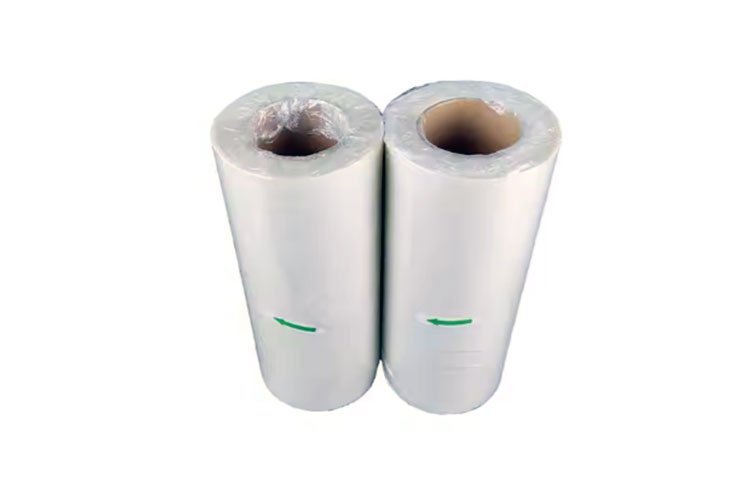The Ultimate Guide: BOPA Films
With the continuous development of the packaging industry. There is a surge in demand for high-performance materials such as BOPA Film, which has high Mechanical Strength and good Barrier Performance. It is favored by various industries. This guide will help you understand its production, classification, and application. It will also teach you how to select!
What is BOPA film?
BOPA film is a special type of nylon film. It is made from polyamide by a bi-oriented stretching process. This is why it is also called bi-oriented nylon film. This process gives BOPA Film Performance. It has excellent barrier properties, tear resistance, and flexibility. And the shrinkage is also very good. So it is used very much in packaging food. Heat resistance is also very good, which makes BOPA film widely used.
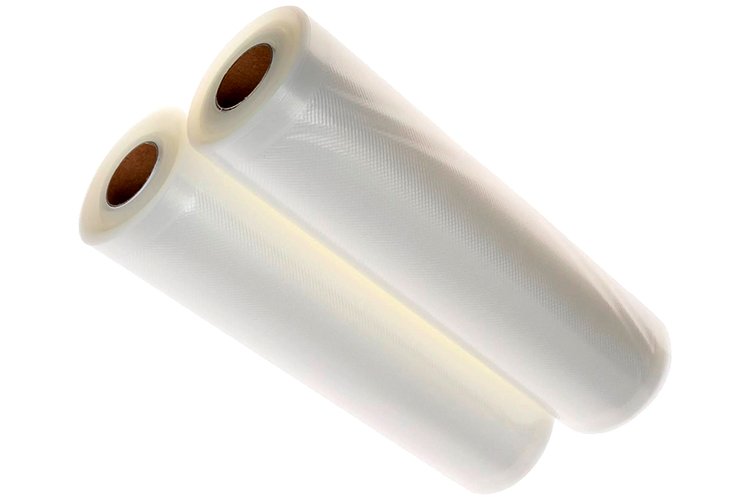
BOPA Films Classification:
There are many types of BOPA films, each with its own use. Understanding the different types will allow you to better select the right film.
- Transparent Films: Typically used for wrapping perishable videos. Transparent films allow a clear view of the product. It can be used to wrap food, vegetables, electronics, etc., very well. It allows the user to see the condition of the product clearly.
- Metallized Film: It is made by (treated with a process called Vacuum Deposition). A layer of aluminum is plated on the surface of the film, which can replace aluminum foil box CPP film. Commonly used in food packaging.
- General-purpose BOPA: General-purpose film is the most common and most commonly used type of film. It has a very strong structure. Flexibility is also very good. Barrier properties are also excellent. It can be used for the packaging of food, pharmaceuticals, and consumer products.
- Printable BOPA: Printable film is a specially treated film. It has better surface properties. It is suitable for high-quality printing needs. For scenarios where the appearance of the package is important. This film allows the ink to be printed on the surface better. The printed pattern is also more durable with bright colors.
- Blown BOPA Film: Blown BOPA films are produced with the film being Longitudinal Stretching as it exits the Die. However, this method is less common. Also, the overall strength may be slightly lower compared to other types of BOPA films.
- Cast BOPA Film: The Cast film process involves extruding molten polyamide through a flat die onto a Chill roll to form a thick, flat film. It has very good strength and barrier properties.
- Steamable BOPA film: This film can withstand high temperatures and pressures. It is particularly suitable for cooking packaging, such as packaging for ready-to-eat foods.
How is BOPA Film Produced?
There are two methods of producing BOPA film: the blown film method and the flat film method. The flat film method is divided into sequential stretching and synchronized stretching. Sequential stretching involves stretching in one direction and then vertically. Synchronized stretching is stretching in both directions at the same time. Synchronized stretching is more accurate and allows for better control of film thickness.
Commonly used production methods include blown film, double bubble, Cast film, and tenter frame. The double bubble and stenter frame processes have their own advantages and disadvantages. The Double Bubble Method produces a more balanced film structure. The orientation is also more similar. However, it is technically difficult. The production process parameters are also difficult to control. The most critical is temperature control. This affects the quality and uniformity of the film.
There are four main steps. The first step is extrusion. The nylon polymer is extruded into a thick-walled tube, which is then cooled in water. Step two.Reheating.Place the film in a heating tunnel. The third step is to stretch the film. Allow the film to further improve orientation at a lower temperature. The fourth step is heat fixing or annealing. Reheating the polymer tube will make the film more stable. The flexibility is better.
This method dominates modern BOPA film production. It is commonly used in areas such as food packaging and electronics.
Applications of BOPA Films
BOPA films have many applications.
Food packaging:
BOPA films can extend the shelf life of food. Keeps oxygen and water vapor out.Keeps the product unaffected. It is also not afraid of fats and oils. Can package high-fat foods. Puncture resistance is also very good, so you don’t need to worry about being punctured during transportation. It can also be used as a steaming bag. Mainly wrap instant food that needs to be heated at a high temperature.
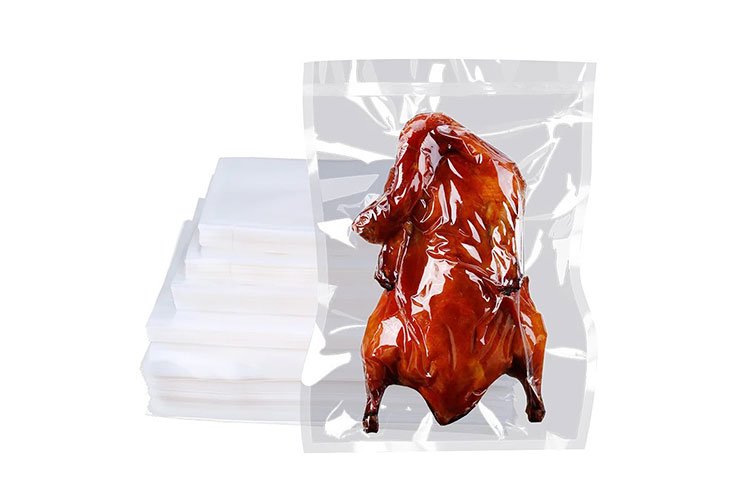
Electronic packaging:
BOPA film can package electronic components. Usually, some very precise single components. Can do Dustproof and Moisture-proof, dustproof and anti-static.And also transparent. Instantly do not open the package, but also convenient to check the electronic components at any time.
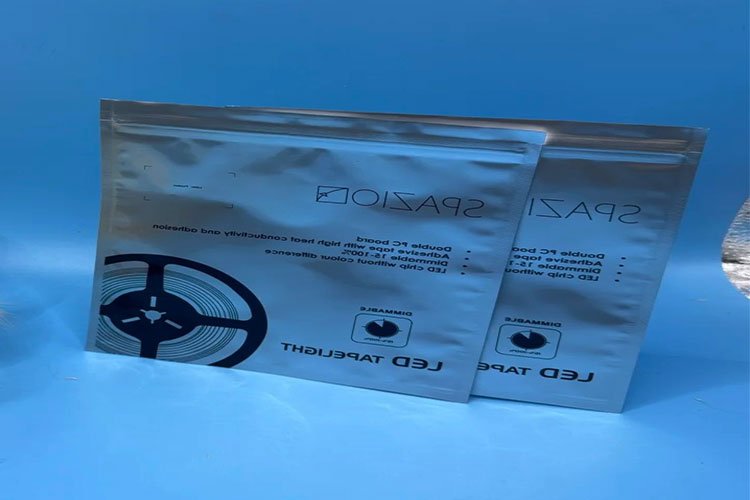
Agricultural packaging:
BOPA film can also be used to package agricultural products, such as vegetables and some dried fruit. With a BOPA film package, it can be very good to ensure their freshness. Extend the shelf life.
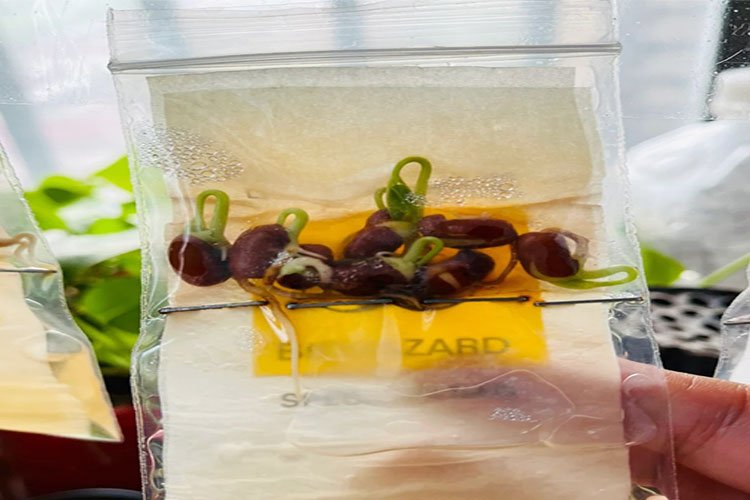
Pharmaceutical packaging:
BOPA film can be used to wrap medicines. Some drugs need to be moisture-proof, anti-oxidant, and BOPA film can do this. It is strong, flexible, and can also ensure the safety of medicines.
Cosmetic packaging: BOPA film has High transparency. It is clear and shiny. It can enhance the face value of cosmetics. Better attract consumers. It can also prevent oxidation and ensure the quality of cosmetics.
BOPA Film Properties: BOPA Film Properties:
BOPA film is a multi-performance packaging material. It has the following main properties.
- Excellent flexibility and tensile strength: BOPA film has high tensile strength.It also has good flexibility and will not tear or puncture easily. During transportation, it can withstand impacts and punctures from sharp objects without damage, ensuring product safety.
- Excellent barrier properties: It blocks oxygen and moisture, effectively isolating products. It is ideal for packaging items prone to corrosion or medications, extending shelf life and maintaining quality and freshness.
- Chemical resistance: BOPA film is resistant to oil and fat. It withstands most chemicals. It ensures product safety, prevents packaging from breaking or leaking, and protects products from contamination or damage.
- Flexibility: BOPA film is highly flexible. It is suitable for wrapping products of any shape. It conforms well to product contours, reducing the risk of damage during transportation. It is convenient and versatile.
- Good transparency: BOPA film has good transparency, allowing the product inside to be clearly seen. High glossiness and clarity. Better appearance. Can better attract consumers. This is very important for high-end consumer goods. Can improve product image. Leaves a good impression on customers.
- Clear and glossy Suitable for printing: BOPA film is very clear. Suitable for printing. Can print complex patterns. Text printing is also clear and bright.
How to Choose the Right BOPA Film?
To select the right BOPA film. It is necessary to consider the characteristics of the packaged product. Packaging environment, processing requirements, and packaging costs.
1. Determine the type of product: to determine what kind of things need to be wrapped. Food, medicine, or electronic products. Different product requirements are different. For example, baking video is not sensitive to oxygen. But Fresh Produce will be sensitive to oxygen. Pharmaceuticals are afraid of moisture. These packaging product characteristics will determine the packaging film needs to have what performance.
2. Evaluation of environmental conditions (temperature, humidity, exposure to chemicals): packaging, storage, transportation. The temperature and humidity requirements for each of these processes are very high. It is important to determine what kind of environment the evaluated product needs to stay in. It is also necessary to consider whether the product will come into contact with grease, chemicals, and so on. Cosmetic packaging requires chemical-resistant film. Prevent corrosion.
3. Consider shelf life: want to extend the shelf life. To pick High Barrier Property film.For dry food, vegetables, etc..With this film, you can block oxygen. Prevent deterioration and extend shelf life.
4. Processing requirements:If the packaging process involves high-temperature heating. For example, High-Temperature Retort, Heat sealing, and so on. Need to choose the cooking BOPA film. Like meat sterilization, packaging is done at high temperatures. High-Temperature Retort film can withstand high temperatures. Packaging is not broken, to ensure the integrity of the package.
5. Cost: When choosing, consider the overall cost. Including packaging efficiency, reducing waste, and so on. To be able to improve packaging efficiency and reduce material waste. This will have a great impact on the cost benefits of long-term development
Bestypack
Bestypack is a technology company specializing in packaging materials. We have a mature and advanced technology production process. We advocate zero waste, green environmental protection, the development of new energy, and sustainable development. We look forward to cooperating with you!
Related Products
Related Blog

Hello, customers
My name is Jack Yu. I am the Business Manager at BestY Pack Plastic Products. My areas of expertise include film packaging, cold chain transportation packaging, and shrink products. Additionally, our factory manufactures protective gloves, and I can provide you with professional solutions to help you increase your market share and enhance consumer trust.
Email: ᅠinfo@bestypack.comᅠ| Tel: 86+18368319351

